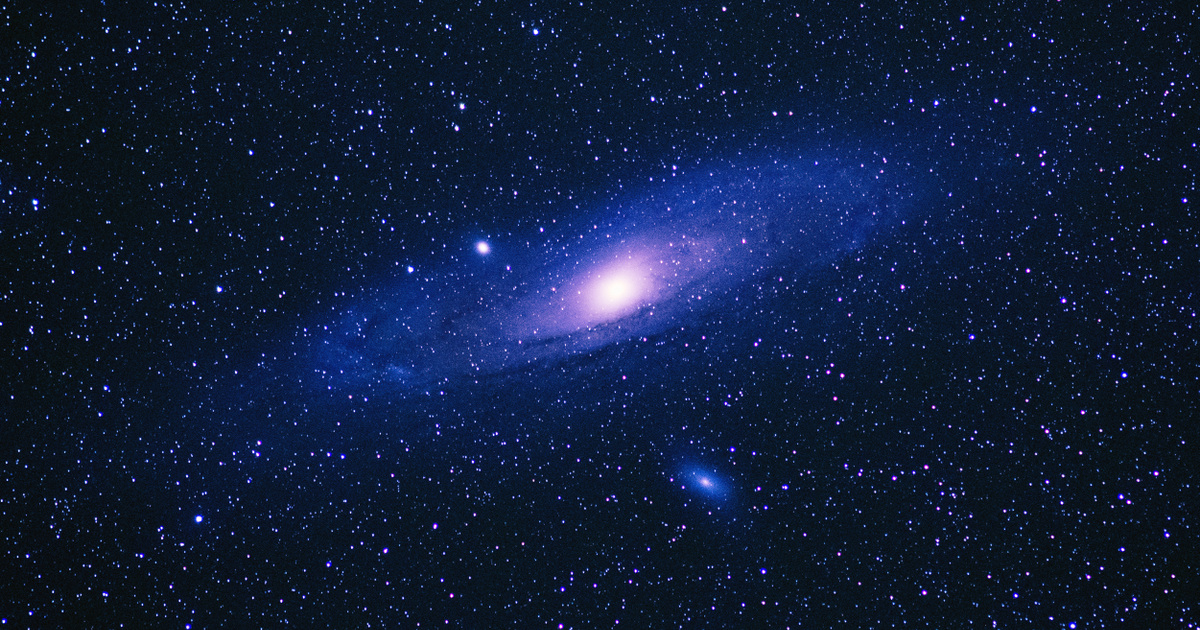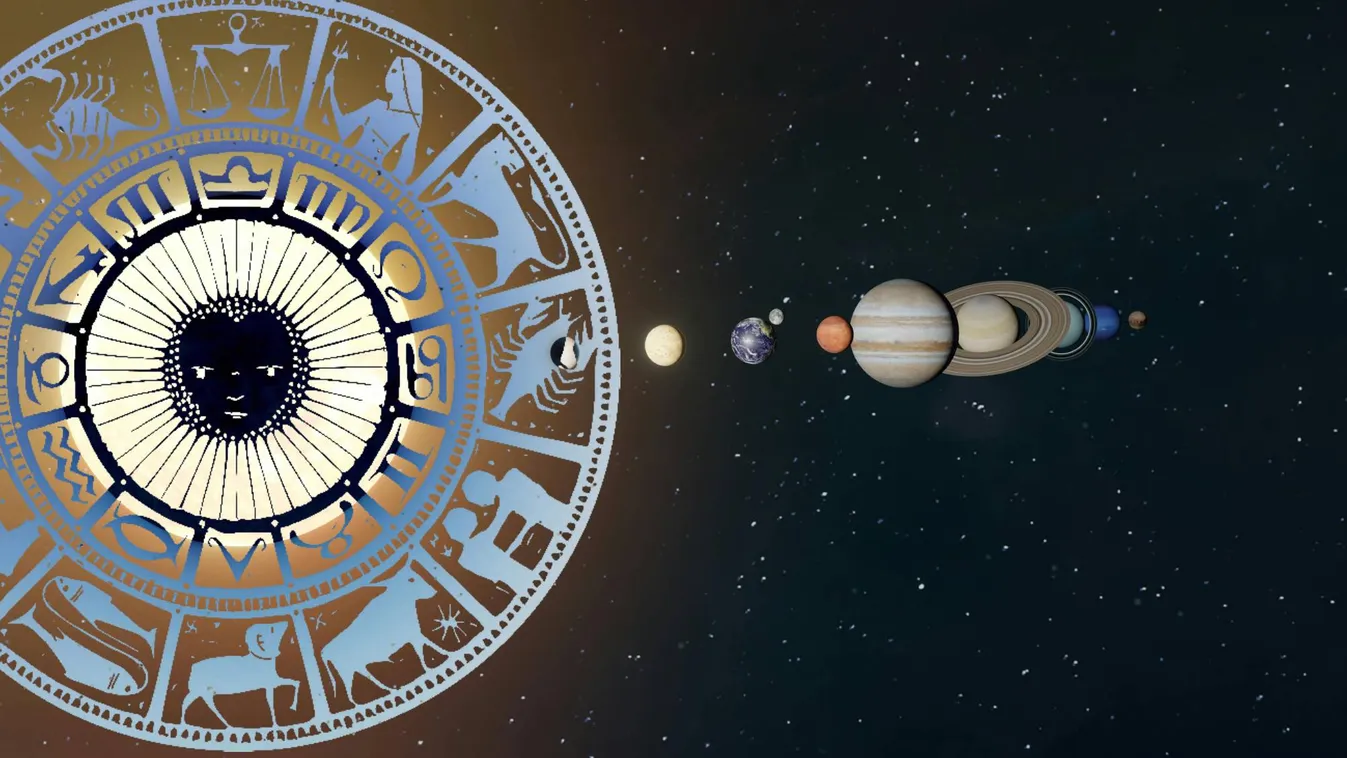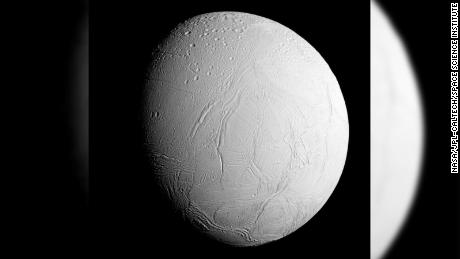Observations from new space and ground-based telescopes have revealed what lies behind the color difference.
In our solar system, the planets farthest from the sun, Neptune and Uranus, have the same size, mass, and atmospheric conditions. Looking at the two planets side by side, which was made possible after NASA’s Voyager 2 spacecraft flew by in the 1980s, Neptune appears bright blue. The pale blue shade of Uranus.
The astronomers used the Gemini North Telescope and NASA’s Infrared Telescope (both in Hawaii) as well as the Hubble Space Telescope to create a model compatible with observing Neptune and Uranus.
Scientists have found that unnecessary haze has accumulated in Uranus’ atmosphere, making it appear more visible. This vapor is thicker on Uranus than a similar layer of atmosphere on Neptune, so from our point of view whitens the appearance of Uranus.
Previous attempts to understand the difference have focused on the upper atmospheres of planets at a particular wavelength of light.
“This is the first model to synchronize the observation of reflected sunlight in the ultraviolet and near infrared range,” said Patrick Irwin, lead author of the study at the University of Oxford. He is the first to explain the difference in the visible color of Uranus and Neptune.
The model also examined the deeper layers of the atmosphere, which contain haze particles as well as clouds of methane and hydrogen sulfide.
New observations from the Gemini North telescope near the summit of Mauna Kea in Hawaii have been paired with other archival telescope data. The team analyzed three layers of aerosols at different altitudes from Uranus and Neptune. The middle layer of fog particles affects the color the most.
On both planets, the middle layer is where methane ice turns into showers of methane. The turbulent atmosphere of Neptune is more active than the sluggish atmosphere of Uranus, so methane particles and snow showers prevent the accumulation of fog on the planet Neptune.
Scientists think this model may help explain why dark spots appear on Neptune but are less common on Uranus. Perhaps this is due to the fact that the deepest layer of the atmosphere is getting darker, which will be more noticeable on the planet Neptune.
“We hoped that developing this model would help us understand clouds and haze in the ice giant’s atmosphere,” said study co-author Mike Wong, an astronomer at the University of California, Berkeley. “Explanation of the color difference between Uranus and Neptune was an unexpected bonus!”
We can learn more about these mysterious worlds that Voyager 2 visited only during fast flights.

“Travel specialist. A typical social media researcher. Animal friendly everywhere. Independent ninja zombie. Suitable for twitter. “










































